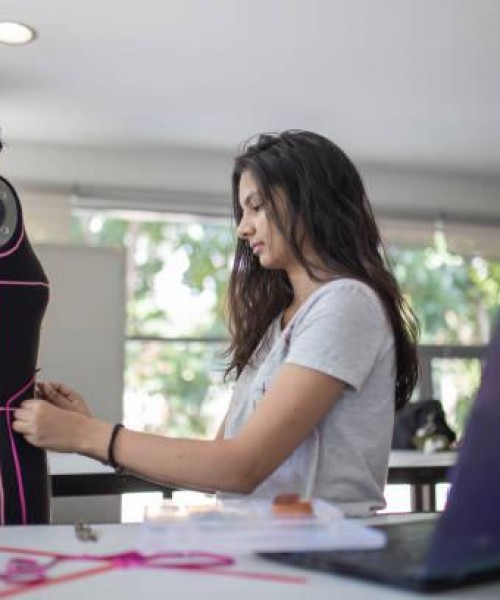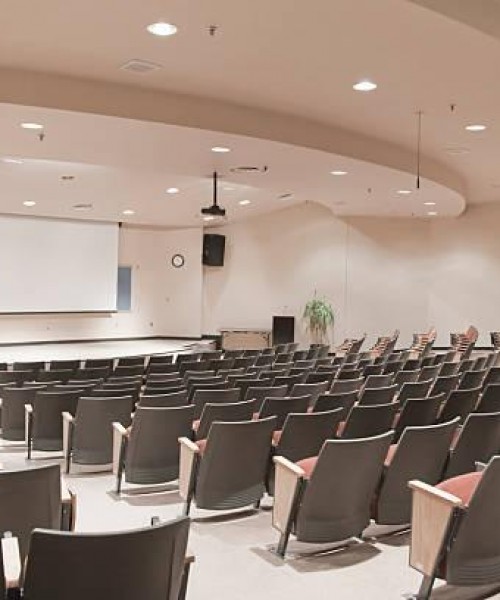美国Psychology Essay代写 : 看着人脸识别
近年来,人脸识别受到了网络多媒体信息访问的研究界和社会的极大关注。主要的进步和广泛的生物识别应用在执法,银行,逻辑访问控制,移民和国家的身份,推动人脸识别技术的聚光灯。虽然早期的人脸识别算法只使用简单的几何模型,但现在已经毕业了一门科学的复杂的数学表示和匹配过程的识别过程。写这篇调查报告的动机是提供一个最新的审查现有的方法,并提供一些见解的机器识别的人脸的研究。许多典型的外观和基于特征的方法进行了讨论。此外,讨论概述激励使用人脸识别,这项技术的应用,和一些困扰当前系统的关于这个任务的困难提供了。
人脸识别是模式识别、神经网络、计算机图形学、图像处理和心理学等相关学科的一个研究课题[ 2 ]。这一主题的原始作品是在1950年代心理学[ 3 ]。人脸识别是一种非侵入性的生物特征识别方法,被认为是一种比指纹、虹膜识别等具有更好的生物特征的方法。
许多著名的人脸识别技术已经在过去的几十年里,[ 4 ]开发。在自动人脸识别的研究开始于1960年代随着布莱索[ 5 ]的开创性工作。在上世纪60年代,第一次提出的半自动系统人脸识别所需的管理员首先定位特征(如眼睛、耳朵、鼻子、嘴)的照片,然后计算出的距离比到一个共同的参考点,并与数据库中的参考数据。在上世纪70年代,德斯坦,哈蒙,和拉漏[ 6 ]用21个具体的主观指标如头发的颜色和唇厚度自动识别。这两个早期的解决方案的问题是,测量和位置进行手动计算。一个自动人脸识别系统的第一个全功能的实现是Kanade的文章[ 7 ] 1977后产生的。
但在人脸识别中的重要里程碑,排在1988,当Kirby和Sirovich应用主成分分析,一个标准的线性代数方法,因为它表明,小于一百的值必须准确规范适当对齐和归一化的人脸图像。由于许多方法已被提出,也有广泛的调查,在过去的三十年(德斯坦等人的书面。1971、Kaya和小林1972、哈蒙等人。1981、萨马尔1992和Iyengar,Chellappa等人。1995,赵等。2000)。
美国Psychology Essay代写 : 看着人脸识别
In recent years face recognition has received substantial attention from both research communities and society of network multimedia information access. Major advancements and wide range of biometric applications in law enforcement, banking, logical access control, immigration, and national identity have propelled face recognition technology into the spotlight. Though early face recognition algorithms used simple geometric models only but the recognition process has now graduated into a science of sophisticated mathematical representations and matching processes. The motivation to write this survey paper is to provide an up-to-date review of the existing approaches and to offer some insights into the studies of machine recognition of faces. A number of typical appearance and feature based approaches are discussed. Furthermore, a discussion outlining the incentive for using face recognition, the applications of this technology, and some of the difficulties plaguing current systems with regard to this task has also been provided.
Face recognition is a relevant subject in pattern recognition, neural networks, computer graphics, image processing and psychology [2]. The primitive works on this subject were made in the 1950's in psychology [3]. Face recognition is a non-intrusive biometric method and considered as the better biometric method than finger prints, iris recognition etc.
Many well known face recognition techniques have been developed over the last few decades [4].Research in automatic face recognition started in 1960's with the pioneering work of Bledsoe [5]. In 1960s, the first proposed semi-automated system for face recognition required the administrator to first locate features (such as eyes, ears, nose, and mouth) on the photographs and then calculate the distances and ratios to a common reference point, which were then compared to reference data in the database. In the 1970s, Goldstein, Harmon, and Lesk[6] used 21 specific subjective markers such as hair colour and lip thickness to automate the recognition. The problem with both of these early solutions was that the measurements and locations were manually computed. The first fully functional implementation of an automated face recognition system was produced after Kanade's paper [7 ] in 1977.
But the major milestone in face recognition came in 1988, when Kirby and Sirovich applied principle component analysis, a standard linear algebra technique because it showed that less than one hundred values were required to accurately code a suitably aligned and normalized face image. Since many approaches have been proposed, there have also been extensive surveys written over the last thirty years (Goldstein et al. 1971, Kaya & Kobayashi 1972, Harmon et al. 1981, Samal & Iyengar 1992, Chellappa et al. 1995, Zhao et al. 2000).
Kirby and Sirvoich [8] first used eigenfaces for recognition. Motivated by their work, Turk and Pentland [9] proposed eigenfaces method based on Principal Component Analysis (PCA)[10] for face recognition. The key procedure in PCA is based on Karhumen-Loeve transformation. PCA is a well-known linear dimensionality reduction technique which finds a set of mutually orthogonal basis functions and uses the leading eigenvectors of the sample covariance matrix to characterize the lower dimensional space. Another Bayesian PCA method was suggested by Moghaddam et al. [12].By this system, the Eigenface Method based on simple subspace-restricted norms is extended to use a probabilistic measure of similarity. Chung et al. [13] suggested the use of PCA and Gabor Filters together. Their method consists of two parts: In the first part, Gabor Filters are used to extract facial features from the original image on predefined fiducial points. In the second part, PCA is used to classify the facial features optimally. Some recent advances in PCA-based algorithms include Kernel PCA [ 14] methods providing generalisations which take higher order correlations into account ,handles non linearity in face recognition and achieve lower error rates ;multi-linear subspace analysis [15], symmetrical PCA [16], two-dimensional PCA [17], eigenbands [18], adaptively weighted subpattern PCA [19], weighted modular PCA [20] and diagonal PCA [21].
Belhumeur, 1997 [23] proposed this Fisherface method, a derivative of Fisher's Linear Discriminant (FLD) [24] which incorporates linear discriminant analysis (LDA)[10] to extract the most discriminant features and to reduce the dimensionality.Fisherface method uses both principal component analysis and linear discriminant analysis to produce a subspace projection matrix, similar to that used in the eigenface method. LDA seeks for a set of projection vectors which form the maximum between-class scatter and minimum within-class scatter matrix simultaneously (Chen et al, 2000) and provides lower error rates than eigenface method.










